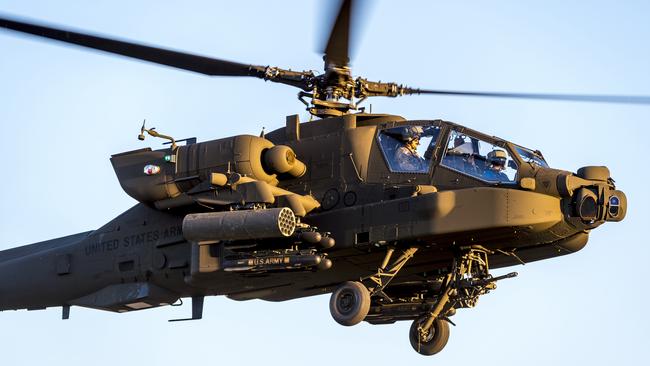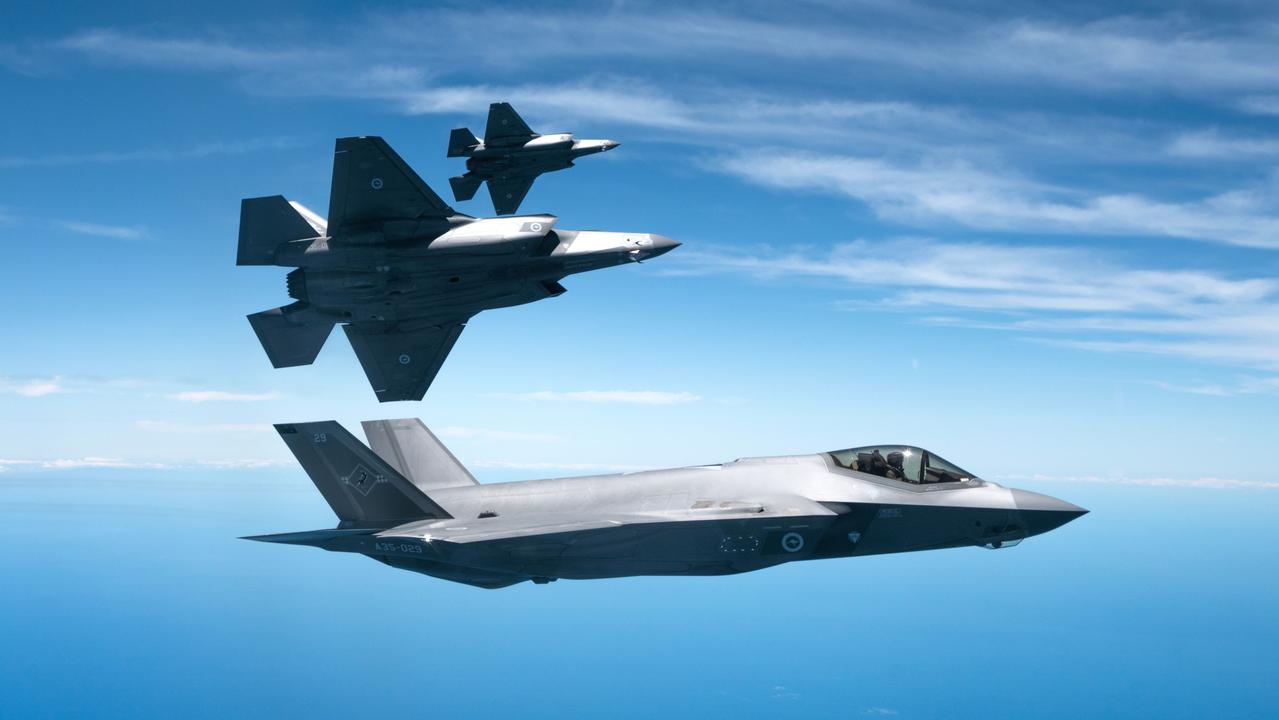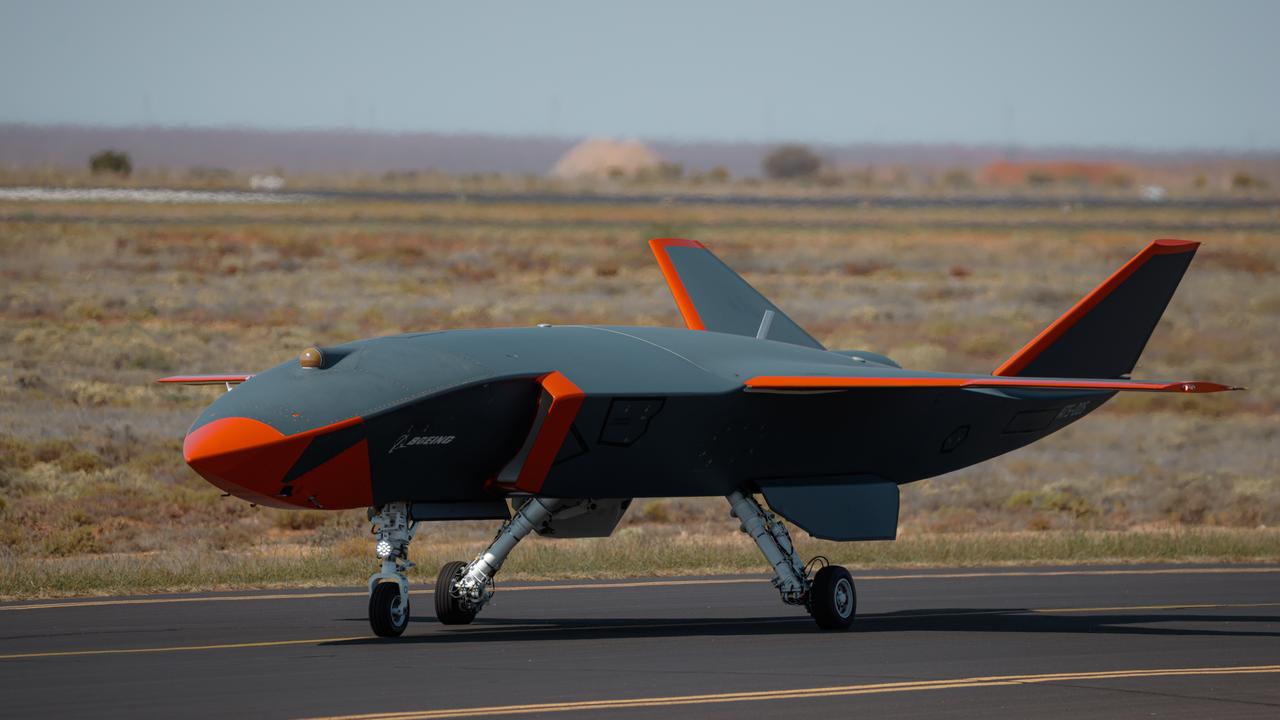Apache attack helicopters on the way to replace Tigers
Deliveries of new attack helicopters are on schedule with four AH-64E Apaches due to arrive before the end of the year.

Deliveries of new attack helicopters are on schedule with four AH-64E Apaches due to arrive before the end of the year.
Army has ordered 29 to progressively replace the existing capability of 22 Tiger Armed Reconnaissance platforms that were ordered in December 2001. The Australian machines are currently on the production line of prime contractor Boeing in Mesa, Arizona.
The Apache family is the most numerous and formidable attack helicopter in the Western world with more than 5000 built since their first flight in 1971.
They have been progressively updated, and the latest E model has been in production since 2012. They have a crew of two and carry a formidable array of weapons with a chin-mounted 30mm cannon and a variety of guided missiles such as Hellfire and unguided 70mm rockets.
Apaches are the backbone of US Army aviation and have been purchased by 20 countries, including in our region Indonesia, Singapore, Taiwan, Japan and South Korea. They will remain in production until at least 2028 — and possibly longer as there is no letup in interest for heavily armed, well-protected battlefield helicopters. Their role has morphed from that of a basic helicopter gunship to more of a sensor and firepower node in a network, able to operate in conjunction with other assets, especially uncrewed systems.
A concept known as Manned-Unmanned Teaming (MUMT) is critical to how the US Army uses their AH-64Es and they can work in conjunction with platforms such as uncrewed MQ-1C Gray Eagles that can send sensor data via Link 16 back to the helicopter from distances in excess of 50km.
The AH-64Es can also carry a Longbow mast-mounted radar and when combined with an interferometer that detects emissions from hostile systems, it gives them the ability to detect and target hundreds of threats.
The Australian Army plans to operate their Apaches in a ratio of one Longbow-equipped helicopter to two fitted for MUMT missions — a higher ratio than in US service but similar to the doctrine of the UK.
They have been used for maritime missions and while there has been some discussion about their suitability for deployment on the Canberra-class Landing Helicopter Docks (LHDs) because they are larger than Tigers, Boeing does not believe it will be a problem. The company understands the Apache can safely traverse between the flight and hangar decks via the rear elevator with blades spread.
Army will be able to use manual kits when on either deck to fold the rotor blades, simplifying deck movements and enhancing stowage capacity.
While the early part of the Australian program is clear, it is less certain when the remaining 25 Apaches will arrive.
Budget papers indicate that 2028 is the retirement date for the last of the Tiger ARH fleet, but presumably that must be carefully managed so there is no capability gap.
That is likely to disappoint Ukraine, which put in a formal request for the unwanted Tigers in March 2024 to avoid a repetition of the Taipan helicopter fiasco, which saw all 46 of those helicopters destroyed rather than donated to Kyiv.


